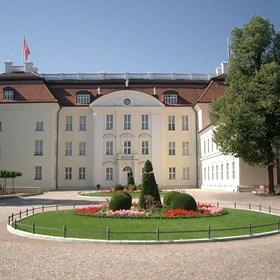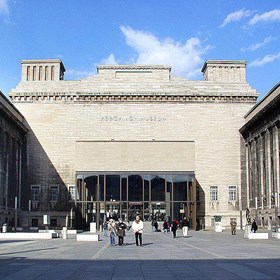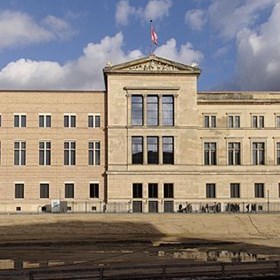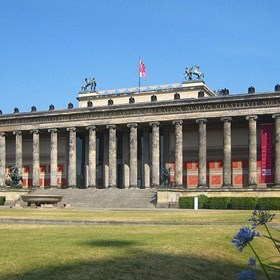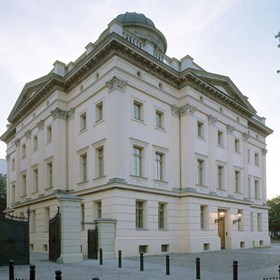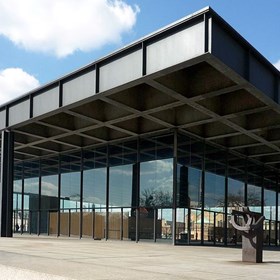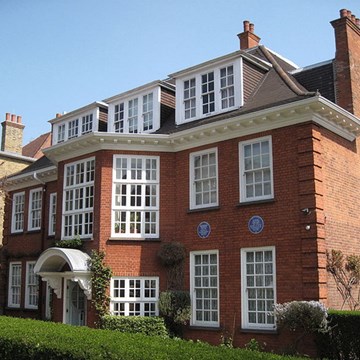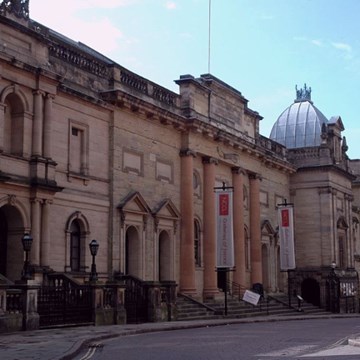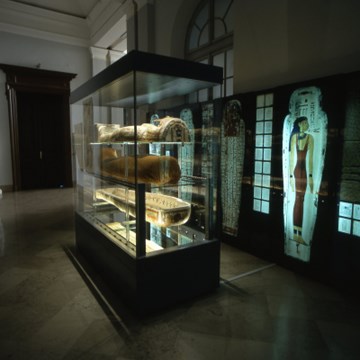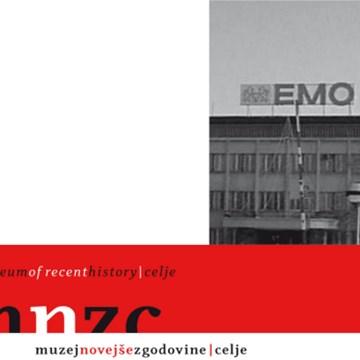Bode Museum
Bode-Museum
For the design of the Kaiser Friedrich-Museum (renamed Bode Museum in 1956), the emperor Wilhelm II commissioned the head government building officer Ernst von Ihne, one of the best-known exponents of "Wilhelminian Baroque". In order to achieve the appearance of a building rising from water the architect arranged the three-winged building around several interior courtyards so that the exterior facades immediately bordered the banks of the river Spree. A dominating dome and two opulent staircases lend the building a stately air which is underlined further by the decorative elements such as the monumental pilasters, demi-columns and window surrounds. The former general director of the museums Wilhelm von Bode himself made suggestions concerning the lighting of the rooms and their proportioning. The art works were shown within the context of original ceilings, fire places, door jambs, tapestries and furniture. Bodes presentation concept, aimed at a general effect of authenticity, was influential throughout the world.
The museum was opened in 1904. During the Second World War much of the building, especially the dome, suffered great damages. Beginning in the 1950s, step by step the museum was reconstructed and put back into use. In the 1990s, general restoration began with the first parts of reconstruction work; in August 2000 construction works for the basic restoration followed. The Numismatic Collection has been open to visitors at the Bode Museum since 22 October 2004, opened on the occasion of its 100th anniversary. On 19 October 2006, the Bode Museum was re-opened in its entirety, displaying the Sculpture Collection, the Numismatic Colletion and works from the Gemäldegalerie - Old Master Paintings.
Text source
Image source
Other venues
Exhibitions and events
We don't have anything to show you here.
Educational programs
We don't have anything to show you here.

